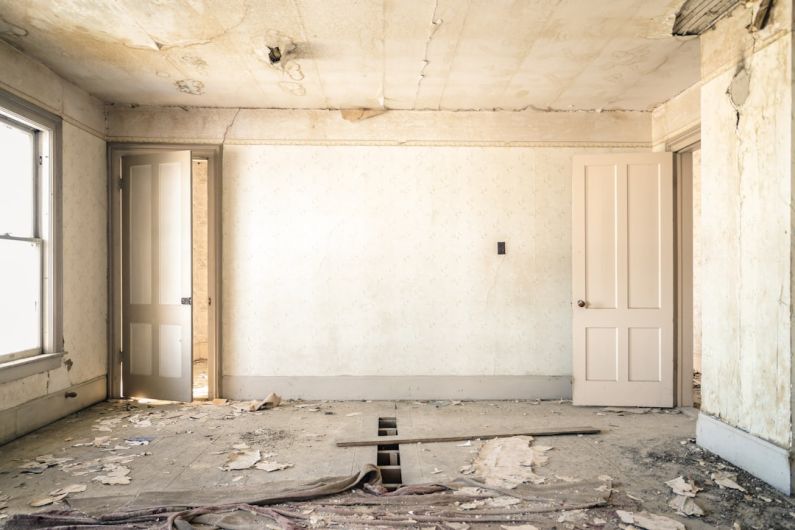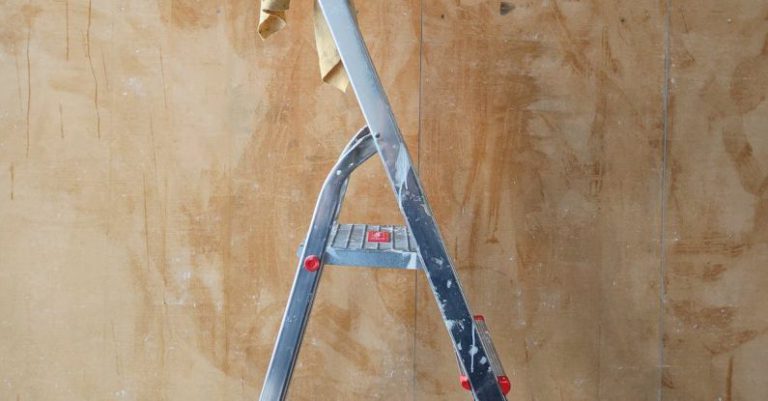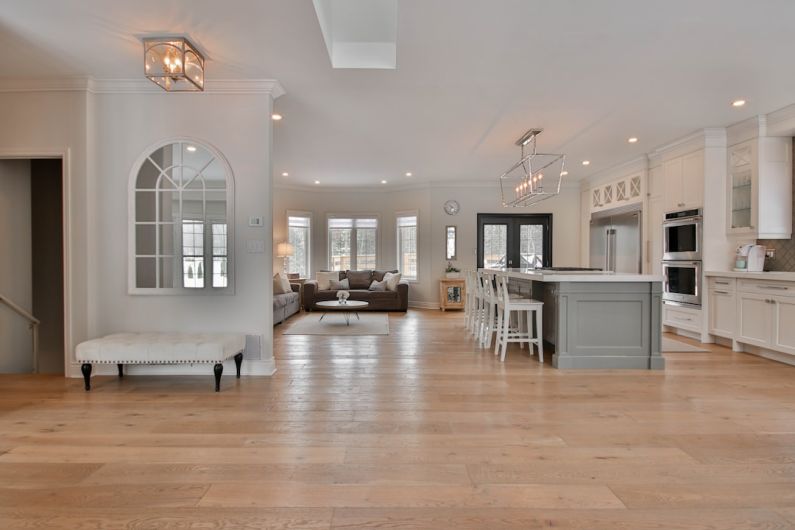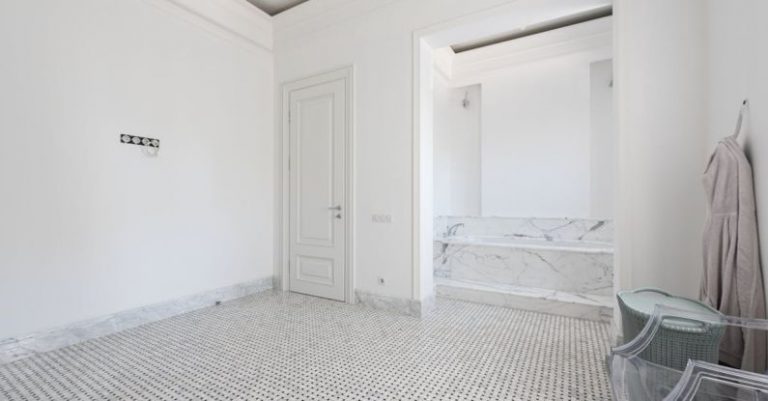Why You Should Consider Eco-friendly Materials
In today’s world, there is an increasing awareness of the need to protect our environment. As individuals, we can make a difference by making eco-friendly choices in our everyday lives. One area where we can have a significant impact is in the materials we use. By opting for eco-friendly materials, we can contribute to a more sustainable future. In this article, we will explore why you should consider using eco-friendly materials and the benefits they offer.
Reducing Environmental Impact
One of the primary reasons to choose eco-friendly materials is to reduce our environmental impact. Traditional materials such as plastic and concrete have a significant carbon footprint due to their production processes. In contrast, eco-friendly materials are often made from renewable resources or recycled materials, minimizing the strain on our planet. By choosing materials with a lower environmental impact, we can help conserve natural resources and reduce pollution.
Improving Indoor Air Quality
Another compelling reason to consider eco-friendly materials is their positive impact on indoor air quality. Many conventional materials contain harmful chemicals that can off-gas and contribute to poor indoor air quality. Eco-friendly materials, on the other hand, are often made with natural ingredients or low VOC (volatile organic compound) content, making them healthier choices for our homes and workplaces. By opting for eco-friendly materials, we can create safer and healthier environments for ourselves and our families.
Promoting Energy Efficiency
Energy efficiency is a crucial consideration when it comes to building and renovating homes. Eco-friendly materials can play a significant role in promoting energy efficiency. For example, materials such as insulated concrete forms (ICFs) offer superior insulation properties, reducing the need for excessive heating or cooling. Additionally, eco-friendly materials like solar panels and energy-efficient windows can help reduce energy consumption and lower utility bills. By choosing materials that promote energy efficiency, we can contribute to a greener and more sustainable future.
Supporting Local Economies
Choosing eco-friendly materials also supports local economies. Many eco-friendly materials are produced by local businesses, which helps create jobs and boost the local economy. By buying locally sourced and manufactured materials, we can reduce transportation emissions and support sustainable practices. Additionally, supporting local businesses contributes to the overall well-being of our communities.
Fostering Innovation
The use of eco-friendly materials encourages innovation in the construction and design industry. As the demand for sustainable materials grows, manufacturers are motivated to develop new and improved options. This fosters a culture of innovation and creativity, leading to the development of cutting-edge materials that are both environmentally friendly and technologically advanced. By embracing eco-friendly materials, we not only contribute to a more sustainable future but also drive the development of innovative solutions.
Conclusion: Building a Greener Future
In conclusion, choosing eco-friendly materials is a small step we can take towards building a greener future. By reducing our environmental impact, improving indoor air quality, promoting energy efficiency, supporting local economies, and fostering innovation, we can make a significant difference. So, the next time you embark on a construction or renovation project, consider opting for eco-friendly materials. Together, we can create a more sustainable world for ourselves and future generations.






